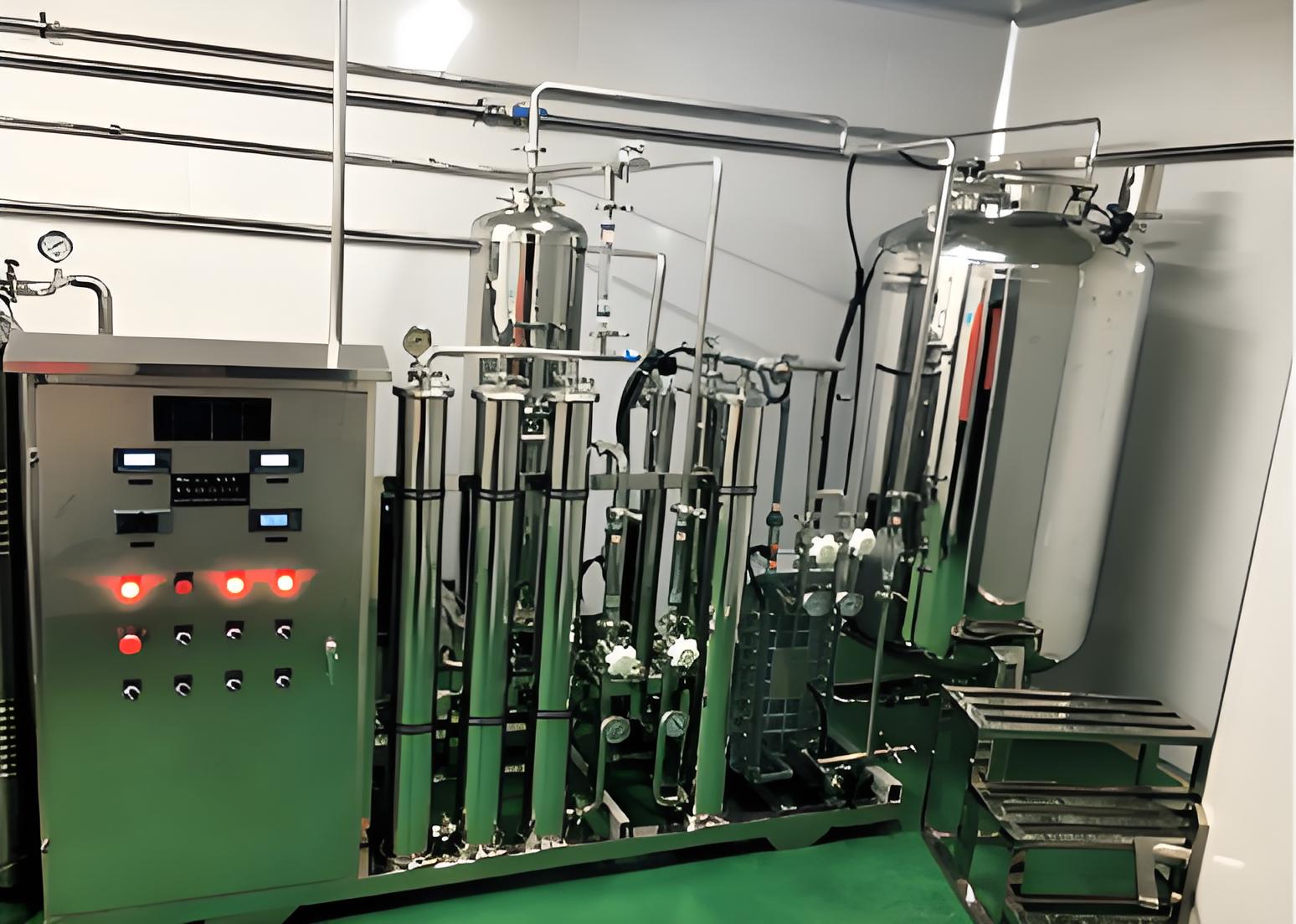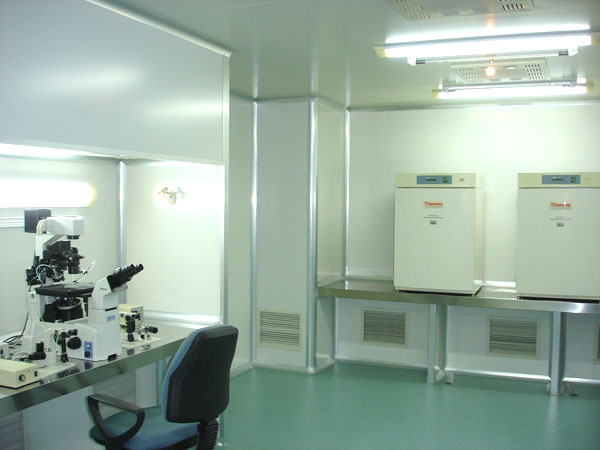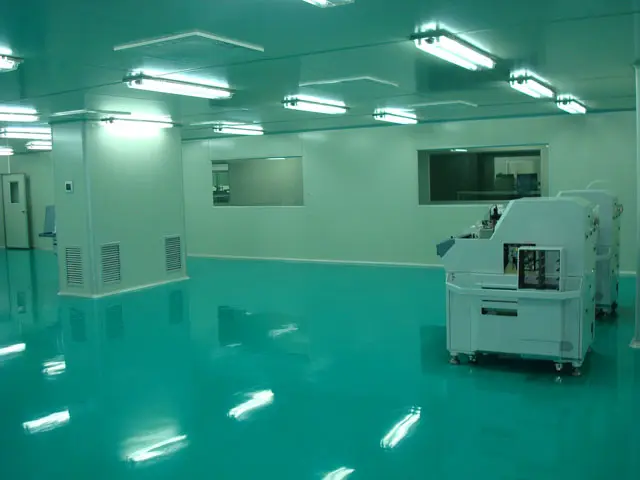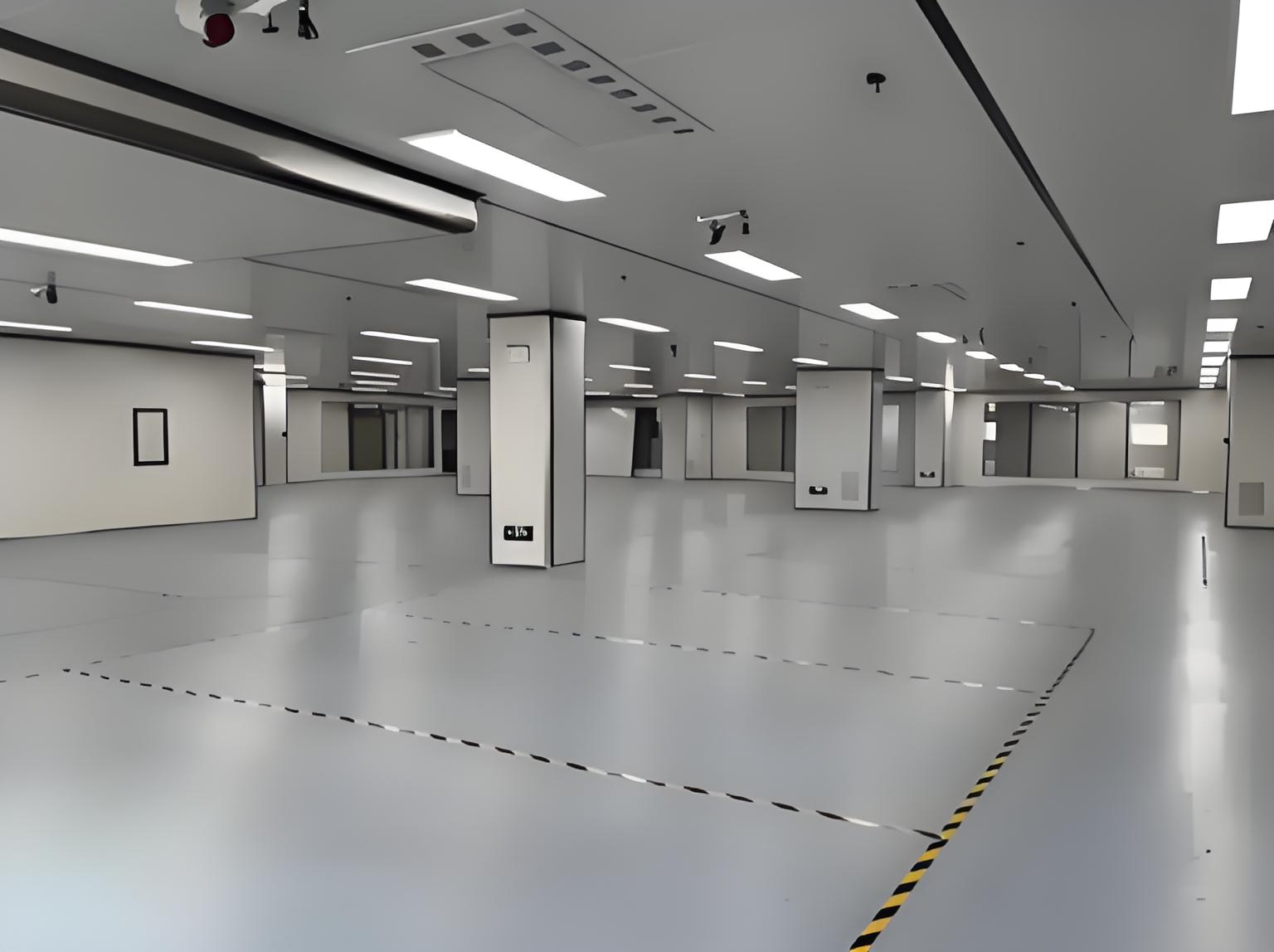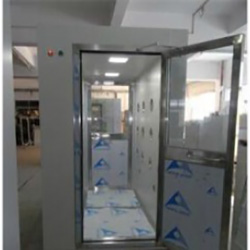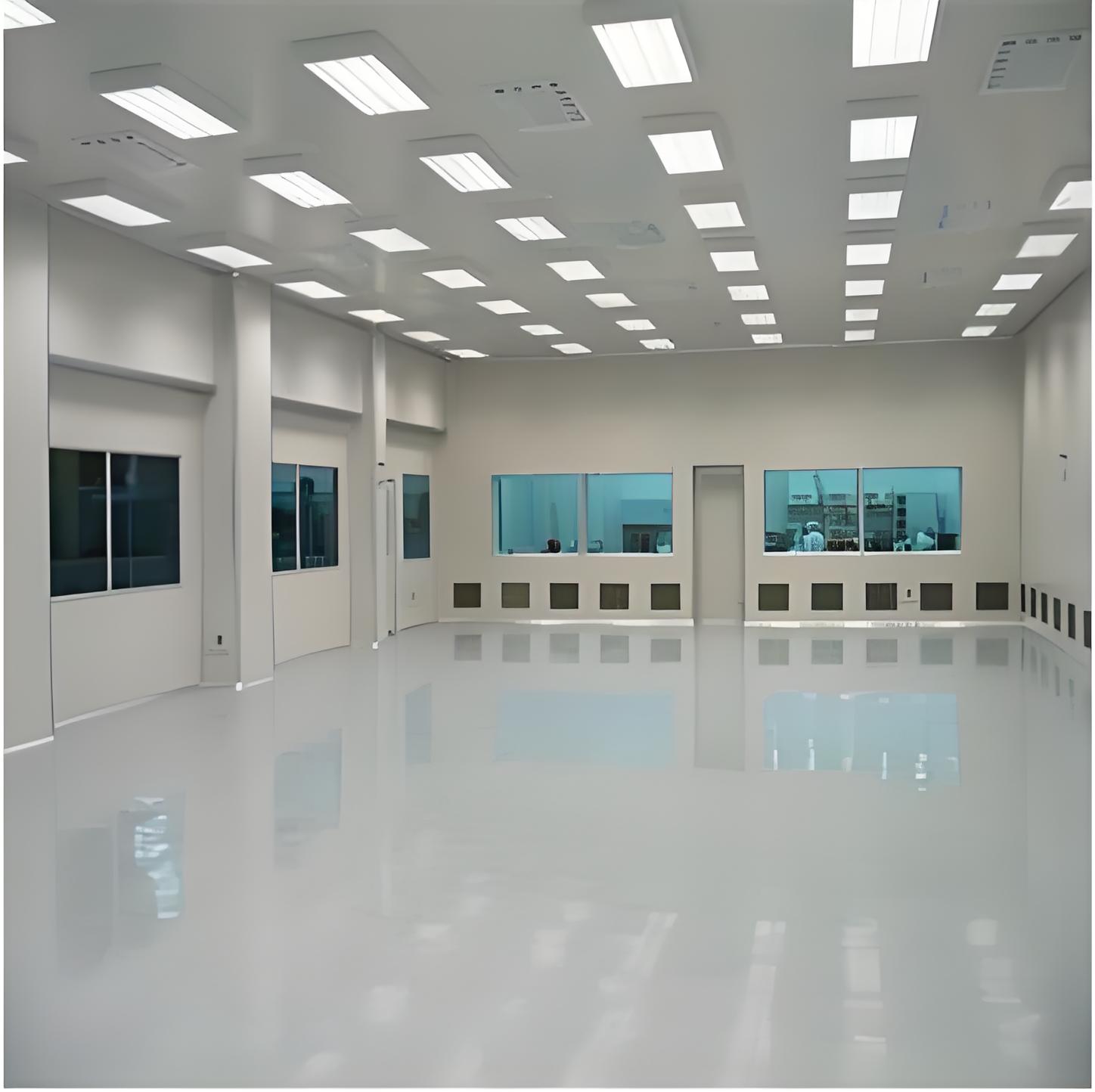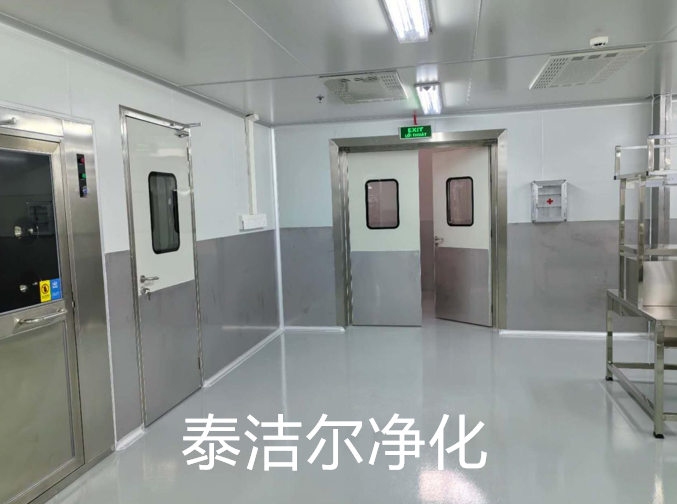
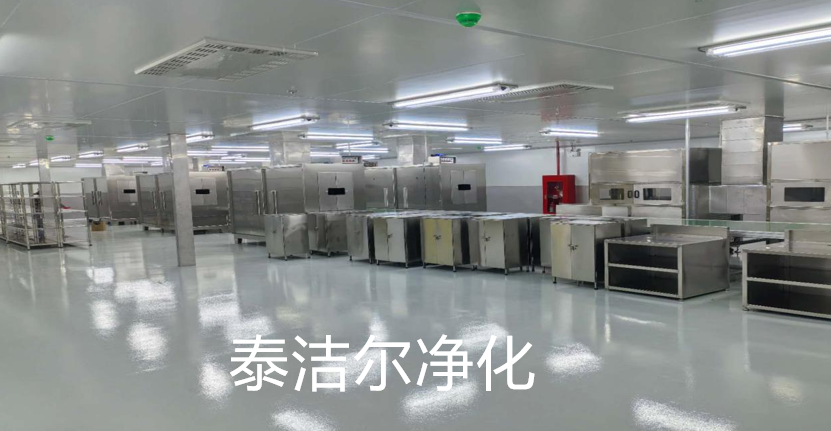
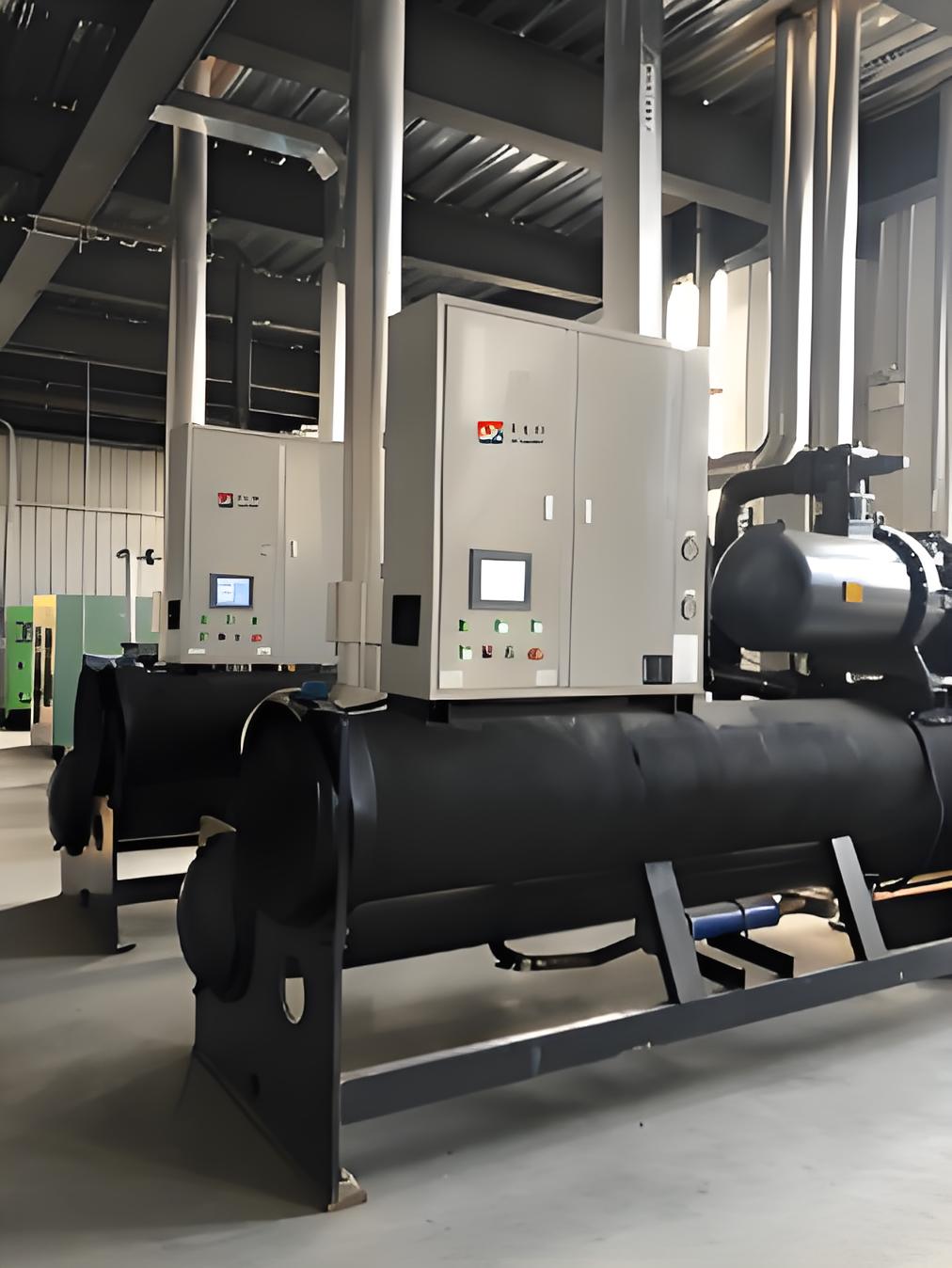
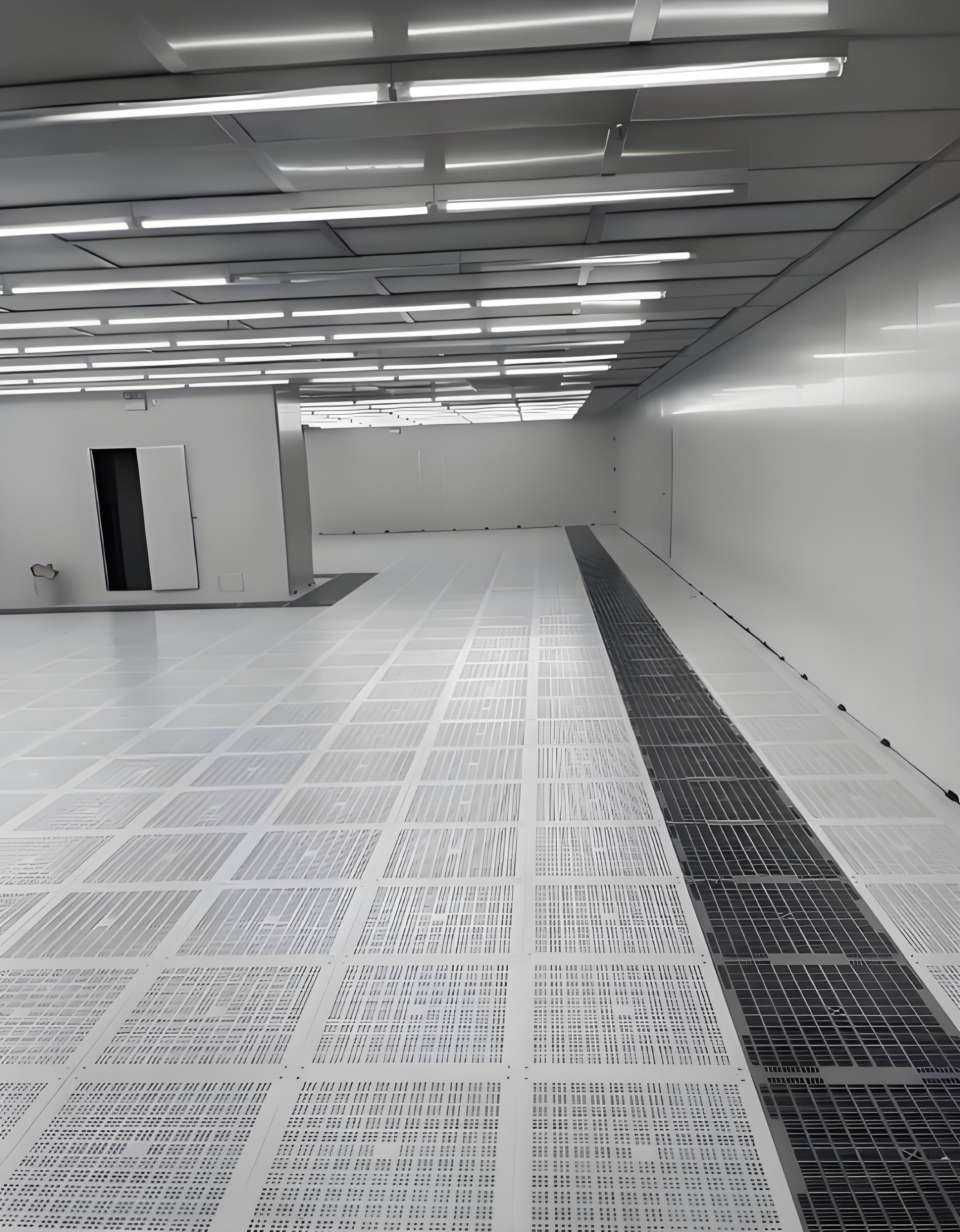

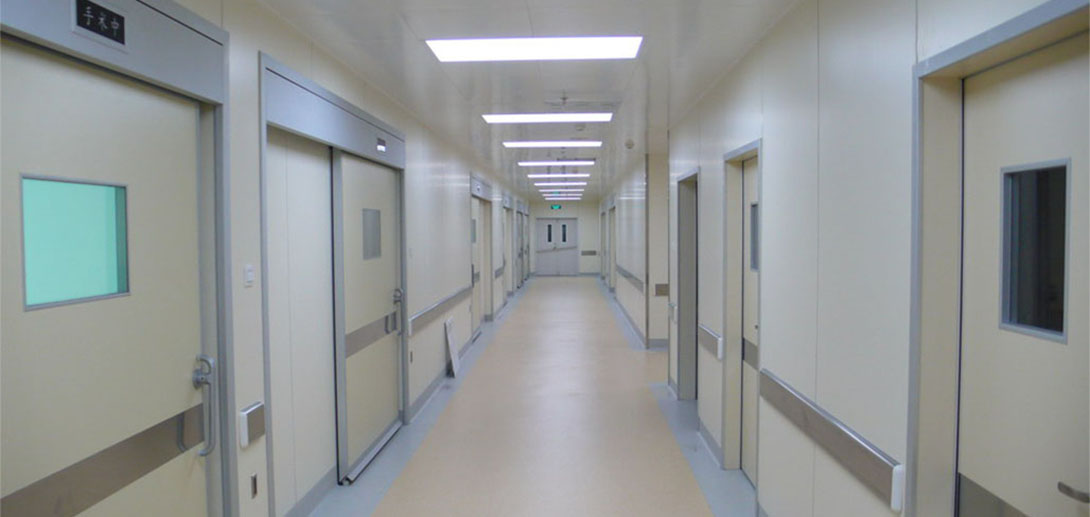
Hello everyone, today I will explain to you the function of partitions in a cleanroom. Many people still don’t fully understand what a cleanroom is, so today I will break it down in detail for you. Let’s explore together! If this article answers your questions, please follow our website. Thank you!
1. A cleanroom is also known as a sterile room, clean factory, or dust-free room. "Sterile room" is the more formal term, but workers in factories and cleanrooms often prefer to call it a dust-free room.
2. Simply put, a cleanroom is a very clean space, but it cannot achieve complete absence of dust. Tiny dust particles and bacteria floating in the air may have little impact on the human body but can significantly affect certain production processes.
3. For example, in the semiconductor industry, when micro-sized particles reach half the size of an integrated circuit node, they become destructive particles that interfere with integrated circuit production. Thus, the semiconductor industry has very high cleanliness requirements.
4. Another example is the new energy vehicle industry, where lithium iron phosphate or ternary lithium batteries must be assembled in cleanrooms. Automotive paint spraying also requires a cleanroom, which is why repair shops or 4S stores can never match the original factory’s paint standards.
5. In the pharmaceutical industry, sterility, high cleanliness, and stable temperature and humidity are necessary to produce compliant products.
6. Beyond these industries, cleanroom technology is widely used in many others. Cleanrooms are also classified by level, with three common classification methods.
7. The first is the U.S. Federal Standard 209E. Although the U.S. has discontinued it, China still commonly uses terms like Class 10, Class 100, Class 1,000, Class 10,000, Class 100,000, and Class 300,000. Smaller numbers indicate higher cleanliness levels.
8. The second is the latest international standard, ISO14644-1, which typically divides cleanrooms into 9 classes, with Class 1 being the highest.
9. The third is the World Health Organization’s GMP classification for pharmaceuticals, using zones A, B, C, and D to denote cleanliness levels.
10. These three standards can be interconverted: ISO14644 Class 5 corresponds to GMP Class A/B (U.S. 209E Class 100), Class 7 to Class C (Class 10,000), and Class 8 to Class D (Class 100,000).
Construction methods for non-woven fabric on roofs: Non-woven fabric is laid manually using rollers; the surface must be flat with enough allowance for deformation. Installation of long or short fiber geotextiles typically uses overlapping, stitching, or welding methods, with stitching or welding widths usually 0.1m or more, and overlapping widths 0.2m or more. Geotextiles can be welded or stitched for long-term environmental exposure.
During construction, geotextiles on geomembranes are naturally overlapped, while those on membranes are stitched or thermally welded. Thermal welding connects geotextile fibers by heating the joint area to a molten state and applying external pressure to bond them.
In wet weather (rain or snow), thermal welding isn’t feasible, so stitching is used—special sewing machines with double-stitched seams and UV-resistant chemical thread.
Functions of non-woven fabric: It reinforces, filters, cushions, drains, waterproofs roofs, roads, railways, embankments, slopes, soundproofs ports, separates, drains, and more in construction.
Difference between non-woven and dust-free fabric: Non-woven fabric, or non-woven cloth, is an eco-friendly material with waterproof, breathable, soft, flame-retardant, non-toxic, non-irritating, and colorful properties. Outdoors, it degrades naturally in up to 90 days; indoors, within 5 years. Burning produces no toxins or residue, making it environmentally friendly and washable.
Made by cutting high-grade polymers into short or long fibers and bonding them, non-woven fabric is soft, breathable, and flat, offering eco-friendly benefits plastics lack. Its degradation time is much shorter than plastic bags, making non-woven shopping bags the most economical and eco-friendly option.
Dust-free fabric is woven from 100% polyester, with a soft surface ideal for cleaning sensitive surfaces. It sheds no fibers when rubbed, has excellent water absorption, and is cleaned and packaged in ultra-clean rooms. Edges can be cold-cut, laser-cut, or ultrasonically sealed.
Ultra-fine dust-free fabric often uses laser or ultrasonic sealing for perfect edges. Dust-free fabric, wipes, ultra-fine fabric, and ultra-fine wipes are made from 100% continuous polyester weave, with soft surfaces for cleaning sensitive areas, minimal lint, strong water absorption, and high cleaning efficiency.
Edges of dust-free fabrics and wipes are sealed with advanced cutting machines, leaving no particles or loose fibers after cleaning, making them ideal for dust-free cleanrooms.
1. Cleanroom (sterile room) levels generally include Class 100,000, Class 10,000, Class 1,000, Class 100, and Class 10. Smaller numbers indicate higher cleanliness.
2. Class 10 cleanrooms are mainly used in semiconductor industries with sub-2-micron linewidths. Class 100 cleanrooms can be used for sterile pharmaceutical production, etc. This cleaning technology is widely applied in surgical rooms, including transplant surgeries, integrated circuit manufacturing, isolation rooms, etc.
3. Pollution sources must be controlled, primarily people and items entering the cleanroom, as well as particles generated during production.
4. Staff must shower and change into cleanroom-standard attire before entering. Materials must be repackaged and blown clean before entry to meet cleanliness requirements. Personnel and material pathways must be rationally separated.
5. Cleanroom workers must strictly follow operational rules, keep doors and windows closed, and use buffer zones and air showers to prevent cross-contamination. Non-production personnel are prohibited from entering.
6. Reference: Baidu Baike - Cleanroom Classification Standard
7. Reference: Baidu Baike - Cleanroom
This concludes the introduction to the function of partitions in cleanrooms and the concept of cleanrooms. We hope this information is helpful to you.
